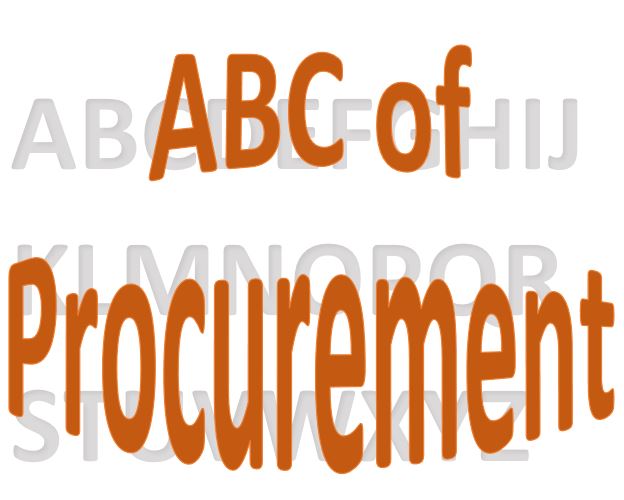The sales team has Customer relationship management (CRM).
We in procurement have Supplier relationship management.
The term itself was coined in 1983. by Kraljic in his article “Purchasing Must Become Supply Management”. You definitely need to read it, it is not long, but contains so much information.
Anyway, the idea is that procurement shall move from the typical transactional relationship with the suppliers and move into a more collaborative model. Many cases have proven that this decreases cost on both the supplier and customer side. Also, due to constant communication and improvement, there are fewer quality issues. Both sides are more flexible as well.

There are different levels of cooperation with suppliers. Let us start with the ones that are less cooperative.
Transactional relationship
This is known as a competitive or arm’s length relationship. There is no cooperation in place above the purchasing transaction itself. It is the same way of operation as when you go into a shop to buy a bottle of water. You browse the shelves (suppliers) to find the product that suits you in brand, quality, and price. Once the transaction is final, neither party expects anything more out of it.
This way is still very much in use, especially in the commodity market. Just to clarify, commodities are defined by Wikipedia as
” …an economic good or service that has full or substantial fungibility: that is, the market treats instances of the good as equivalent or nearly so with no regard to who produced them.”
So, there are very little differences with regards to the brand or producer. The product is usually specified according to international norms and regulations as well. And the main task of the procurement team is to get the cheapest price.
Cooperative
Long-term contracting is a basic form of cooperation. Here we talk about a time frame from a year to five years and even longer in some cases. Very long-term contracts are required if there is a need for significant time and money investment into new product development. It gives the supplier future sales certainty, hence he can either produce in larger batches or buy in bulk. On the buyer side, long term contracts reduce supply and price risk. Contracting is very widely used as it is quite simple to put in place and beneficial to both sides.
Vendor managed inventory is very popular in retail. Some large chains go even to the extent that they rent the shelf space to the vendor, who then takes care of everything else. The supplier gets paid based on the sale of the product, no matter the pass of time the goods were on the shelf. The prerequisite for this cooperation is the existence of a system with the buyer that can provide stock and sales data to the supplier. Based on this, the supplier itself plans the deliveries. They as well place the goods on the shelves and make sure that the items are properly presented to the final customer. The model has benefits for both sides. The buyer must set up the system and terms once, and that’s it. On the supplier side, providing them the buyer data provides valuable insights about the market, plus allows the supplier to forecast better. The supplier, however, must factor in the workforce needed for the replenishment.
Joint research and development are the next levels of cooperation. This model is more suitable for manufacturing. Here it is more about investment into R&D and intellectual rights. It is a very good deal for the supplier, as he has guaranteed sales for the developed product. But, the switching cost for the buyer is very high, as they need to buy all intellectual property that was created during the process.
A joint venture is defined as a separate company, where two (or more companies) join their resources to do something that will be of mutual benefit for both sides. An example would be a manufacturing site that will produce a unique custom part for the customer. Joint ventures are as well sometimes created on the sale side to be able to compete in the market.
Supplier relationship management (SRM) systems
Of course, technology came into this field as well. Now we have a wide range of software solutions that help us with managing our suppliers. The main purpose of the system is collecting supplier data and tracking and monitoring supplier performance.
Collecting data is the primary purpose. Here we talk firstly about the main contact data and product data. A good SRM will as well allow mass-communication and allocation of suppliers to different buyers. So, if one buyer leaves it is very easy for the new joiner to step into his shoes and just continue where his predecessor left.
Tracking and managing supplier performance is something every Procurement professional wants to have in his toolbox. Delivery delays, quality issues and any other disruptions are getting recorded in the system. This gives the buyer immense power while negotiating the next contract. Also, the reports can show you who are your best suppliers. These are the suppliers to establish long-term relationships.
The old saying goes:
” It takes two to tango.”
The same goes for procurement. Win-win situations are possible, and we shall always strive to keep everyone happy. How you will cooperate with the supplier depends on many factors. But I will still suggest moving away from transactional purchasing. It will save both the headache and money in the long run.


Pingback: Negotiations with a single-source supplier